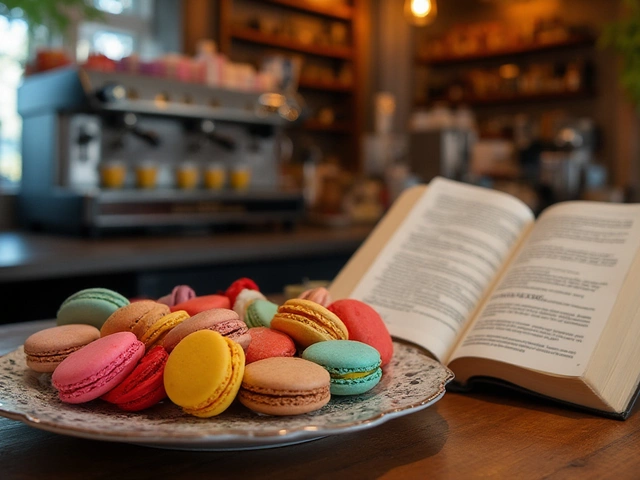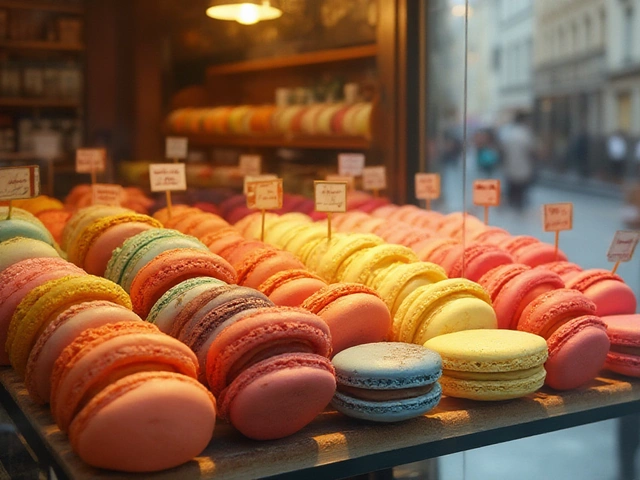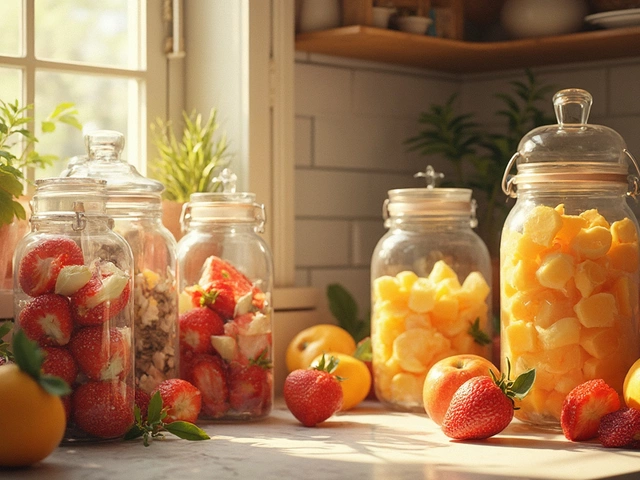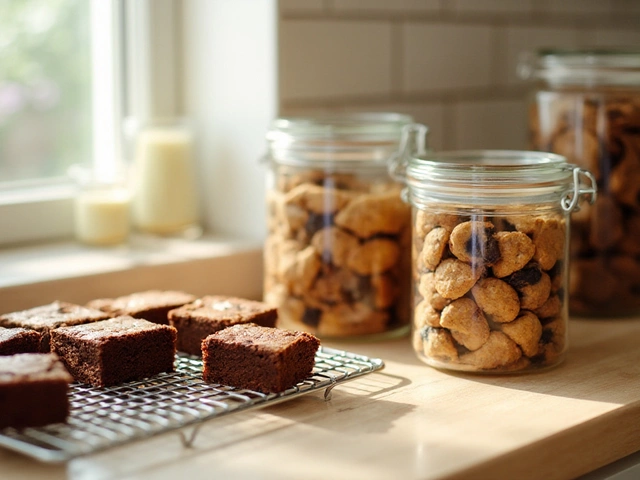Homemade Macarons Made Simple: Your Go‑To Guide
If you’ve ever stared at a fancy macaron on Instagram and thought, “That looks impossible,” you’re not alone. The good news? You don’t need a pastry school to nail these delicate cookies. With the right ingredients, a few temperature tricks, and a steady hand, you can whip up bakery‑quality macarons right in your kitchen.
First things first: gather the basics. You’ll need almond flour, powdered sugar, granulated sugar, egg whites, and a pinch of salt. Forget fancy brands – any good quality almond flour works, but make sure it’s finely ground. Sift the almond flour together with powdered sugar at least twice. This step prevents lumps and gives you that smooth, glossy shell.
Master the Meringue: The Heart of a Good Macaron
The meringue is where most mistakes happen. Start with room‑temperature egg whites – they whip faster and hold air better. Add a pinch of cream of tartar or a few drops of lemon juice; this stabilizes the foam. Beat on medium speed until soft peaks form, then slowly drizzle in the granulated sugar while the mixer is running. Keep beating until you reach stiff peaks – the meringue should stand up firmly when you lift the whisk.
Now comes the “macaronage” – folding the dry mix into the meringue. Using a spatula, gently fold the batter until it flows like lava and you can lift the spatula and the batter falls back in a smooth ribbon. Over‑mixing makes the shells flat; under‑mixing leaves cracks. A good test: draw a line on the surface of the batter with your spatula; if it disappears within a few seconds, you’re ready.
Pipe, Rest, and Bake for Perfect Shells
Fit a pastry bag with a round tip (about 0.5 cm) and pipe uniform circles onto a parchment‑lined baking tray. Keep the circles about an inch apart – they’ll spread a little. Let them rest at room temperature for 30‑60 minutes, or until a skin forms. You can test this by gently touching the top; it should feel dry and not stick to your finger.
Preheat your oven to 150 °C (300 °F). Bake for 12‑15 minutes – don’t open the door early, or the shells can collapse. When they’re done, they’ll have a smooth top and a faint “feet” at the base. Let them cool completely before removing from the parchment.
Now for the fun part: filling! Classic buttercream, ganache, or jam all work great. Pipe a generous dollop onto the flat side of one shell, then sandwich with another. Press gently so the filling spreads to the edges.
Got a problem? If your shells cracked, you probably under‑mixed or baked too hot. If they didn’t rise, the batter was over‑mixed or the oven temperature was too low. Small tweaks can fix most issues.
Practice makes perfect, but you don’t need dozens of batches to get there. Start with a single batch, note any issues, and adjust the mixing time or resting period. Before you know it, you’ll be serving homemade macarons that look and taste like they came from Paris.
Enjoy the process, experiment with flavors, and share your colorful creations. Homemade macarons are not just desserts – they’re a little celebration in every bite.

Macaron Cost: How Much Does It Really Take to Make Them?
Curious about the real cost of making macarons at home? This article breaks down every expense, from almond flour to electricity, and compares homemade options with store-bought ones. Get tips to save money while baking these colorful treats and find out if making them yourself is really worth it. Learn which ingredients matter most and what equipment affects your budget. Plus, discover some fun facts to help you perfect your batch.
View More




